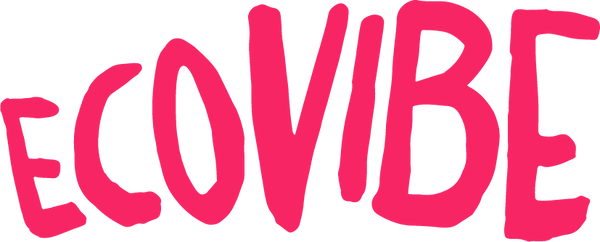It’s no secret that a lot of the plastic we use ends up in our oceans, an estimated 1.1 million tonnes of it finds its way into our oceans each year. But where does all this plastic go if it isn’t washing up on our beaches? Much of it finds its way to a series of oceanic areas known as gyres, and one in particular; The Great Pacific Garbage Patch, located between Hawaii and California.

This is by far the largest of the five plastic accumulation zones in the world’s oceans, different types of plastics converge into the ocean gyres moved by ocean currents, eventually ending up in the garbage patch. The plastic that enters the patch is unlikely to leave unless it’s broken down into smaller pieces by the elements, or until it ultimately degrades, or is cleaned up! More on that later.
How big is the garbage patch?
According to The Ocean Cleanup initiative, the GPGP spans an area of 1.6 million square kilometres, that’s an area three times the size of France! To get an accurate picture of the size of the garbage patch was no easy feat, because of wind-change and ocean currents the location of the patch is in constant flux.
This naturally makes it hard to measure, so to gain an accurate measurement of the area The Ocean Cleanup employed sophisticated scientific techniques utilising a total of 30 boats and 652 surface nets. As well as this, two flights gathered aerial imagery of the plastic debris on the surface of the ocean. Through this method, an accurate picture of the size of the area the plastic covers in the GPGP was created.

Thanks to the research it was determined that the total mass of the garbage patch, at the time of the survey, totalled 80,000 tonnes comprising 1.8 trillion pieces of individual plastic.
A problem for wildlife
All this plastic is a real problem for wildlife. Animals mistake the plastic, because of its varying size and colour for food. When ingested, it causes malnutrition by making animals think they’re full as the plastic doesn’t degrade or leave their system, slowly killing them. When they are eaten by other animals, the toxicity of the plastic then starts to poison the predator, which becomes a never-ending cycle.
As well as this, surface plastic entangles creatures slowly drowning and suffocating them. We’ve all seen the heartbreaking image of a sea turtle entangled in a fishing net, this happens on a huge scale. Ocean-going wildlife isn’t the only affected group, there’s a risk that the plastic ingested by fish can end up in the human food chain through the process of bioaccumulation.

What’s being done about The Great Pacific Garbage Patch?
The same organisation that was responsible for measuring the size of the garbage patch has also invented a system to trap and remove ocean plastic. It’s called System 001 and is described by The Ocean Cleanup as ‘the world’s first ocean cleanup system.’ The system is made from a 600-meter-long floater that sits on the ocean’s surface, with a 3-meter-deep skirt attached below. This method stops any plastic debris escaping over the top or underneath. The plastic finds its way into System 001 through natural ocean currents. When the plastic is captured, a ship removes it every few months.
Helping to reduce ocean plastic
We can do little things every day to help stop the build-up of ocean plastic. Things like using reusable water bottles, ditching plastic bags for reusable alternatives, buying a reusable coffee cup, recycling with your provided green bin, replacing cling film and much more. Of course, we’re a little bit biased but we have some cracking plastic alternative products in the EcoVibe store! Some of our favourites are made from bamboo and beeswax!

